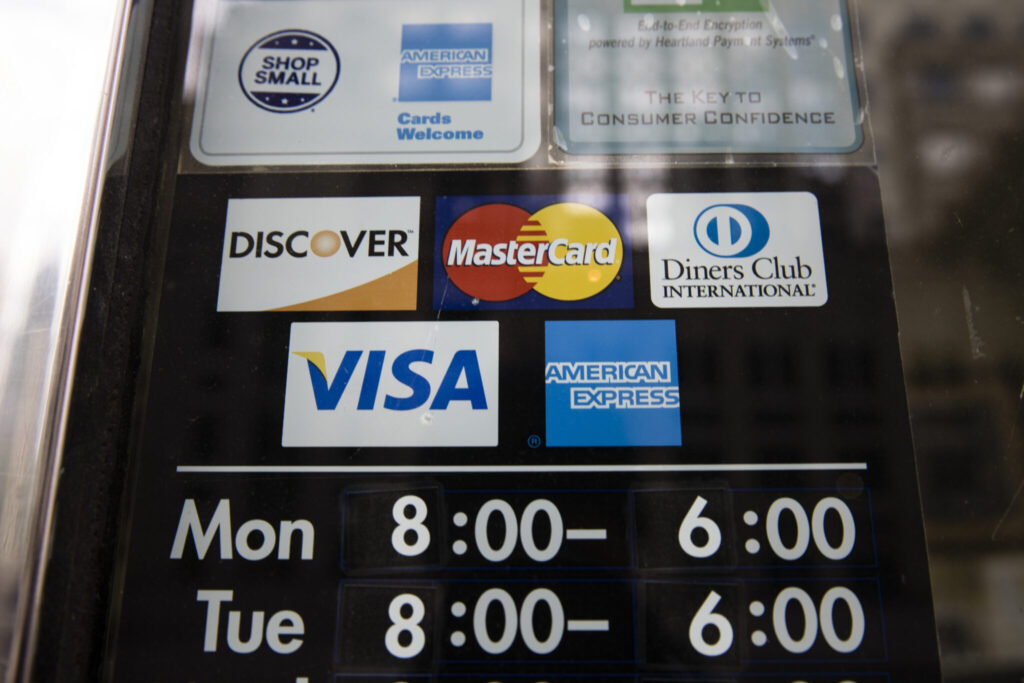While the U.S. economy is broadly healthy, pockets of Americans have run through their savings and run up their credit card balances after battling inflation for more than two years. Experts worry that members of these groups — mostly lower- and middle-income Americans, who tend to be renters — are falling behind on their debts and could face further deterioration of their financial health in the year ahead, particularly those who have recently resumed paying off student loans.
Quick Read
- The U.S. economy overall is in good shape, but many Americans, particularly those with lower and middle incomes, are struggling due to over two years of battling inflation, leading to depleted savings and increased credit card debt.
- Concerns are growing about these groups, who are mostly renters, as they begin to fall behind on their debts, which could worsen their financial situation in the coming year, especially with the resumption of student loan payments.
- Credit card balances in the U.S. have hit a record high of over $1.05 trillion in the third quarter of 2023, with delinquency and charge-off rates rising above their 2019 levels and expected to continue increasing.
- High interest rates, with the average bank credit card rate at around 21.5%, are exacerbating the problem for consumers who are already financially stressed.
- There’s a clear divide in the financial health of Americans, with homeowners and stock market investors generally faring well, while renters and those without these assets are facing significant financial challenges.
- Credit card companies serving customers with lower credit scores, such as Synchrony Bank, Discover Financial, and Capital One, are reporting increases in delinquencies and charge-offs, indicating financial stress among these consumers.
- Inflation, although it has decreased from its peak, remains high, affecting the cost of essentials like food, gas, and rent, putting additional pressure on financially vulnerable Americans.
- The reintroduction of student loan payments is adding to the financial strain, particularly affecting younger and less affluent individuals.
- Banks are unlikely to offer relief through lower interest rates or loans to refinance high-interest credit card debts, as the Federal Reserve’s interest rate cuts are still some time away and banks are becoming more conservative in lending.
- While the rising delinquencies among lower-income Americans may not immediately impact the broader economy, they are seen as a growing risk that requires monitoring.
The Associated Press has the story:
Rising credit card debt hits renters and low-income Americans hard
Newslooks- NEW YORK (AP) —
While the U.S. economy is broadly healthy, pockets of Americans have run through their savings and run up their credit card balances after battling inflation for more than two years.
Experts worry that members of these groups — mostly lower- and middle-income Americans, who tend to be renters — are falling behind on their debts and could face further deterioration of their financial health in the year ahead, particularly those who have recently resumed paying off student loans.
“The U.S. economy is currently performing better than most forecasters expected a year ago, thanks in large part to a resilient consumer,” wrote Shernette McLoud, an economist with TD Economics, in a report issued Wednesday. “However, more recently that spending is increasingly being financed by credit cards.”
Americans held more than $1.05 trillion on their credit cards in the third quarter of 2023, a record, and a figure certain to grow once the fourth-quarter data is released by Federal Deposit Insurance Corp. next month. A recent report from the credit rating company Moody’s showed that credit card delinquency rates and charge-off rates, or the percent of loans that a bank believes will never be repaid, are now well above their 2019 levels and are expected to keep climbing.
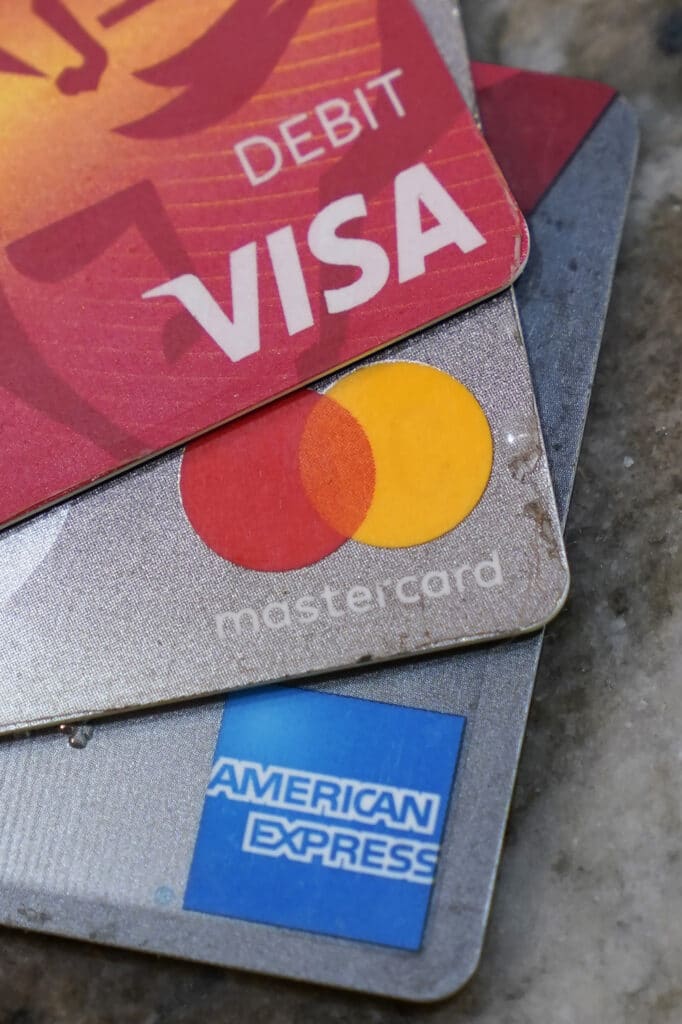
These worrisome metrics coincide with the average interest rate on a bank credit card of roughly 21.5%, the highest it’s been since the Federal Reserve started tracking the data in 1994.
“Overall, the consumer is credit healthy. However, the reality is that there are starting to be some significant signs of stress,” said Silvio Tavares, president and CEO of VantageScore, one of the country’s two major credit scoring systems.
Most analyses of Americans’ financial health tend to tell a tale of two consumers. On one side are the roughly two-thirds of Americans who own their homes and those who’ve invested in the stock market and done substantially well. They generally had the savings cushion necessary to weather high inflation. Delinquency rates on single-family homes remain at near historic lows and home prices have continued to climb.
But for the rest of America, things are looking rough.
“You have these noticeable pockets of consumers — mostly middle- and lower-income renters who have not benefitted from the wealth effect of higher housing prices and stock prices — who are feeling financial stress and that’s driving up these delinquency levels. They’ve been hit very hard by inflation,” said Warren Kornfeld, a senior vice president at Moody’s, in an interview.
Kornfeld, who co-wrote a report last week looking at the climbing levels of delinquencies, expects them to keep climbing this year.
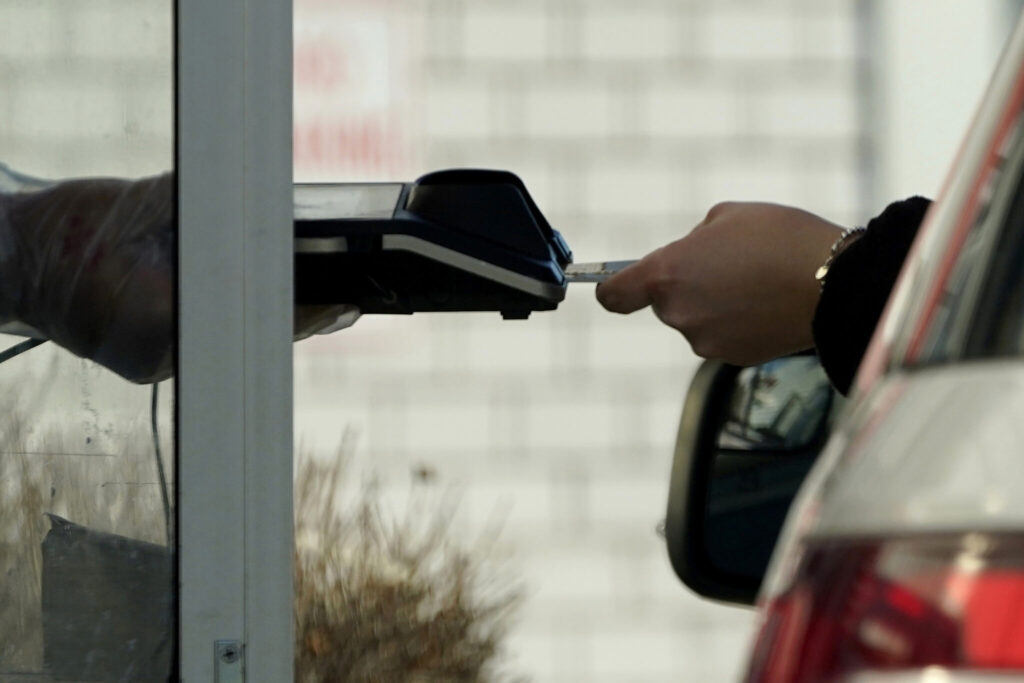
Consumers’ financial health could play a big role in the 2024 election. President Joe Biden is running in part on his efforts to bring down costs for U.S. families. Republicans counter that Biden is to blame for higher costs in the first place.
One way to gauge this bifurcation of the American economy is by looking at the results of some major credit card companies. The customers of Capital One, Discover Financial and Synchrony have historically been those with lower credit scores, while American Express typically serves the wealthiest and well-to-do.
At Synchrony Bank, the largest issuer of retail co-brand credit cards, the charge-off rate jumped from 3.5% to 5.6% in a year. Meanwhile, roughly 4.7% of Synchrony customers are 30 days or more behind on their bills, which is also up from a year ago.
Discover’s customers are carrying $102 billion in balances on their credit cards, up 13% from a year earlier. Meanwhile, the charge-off rates and 30-day delinquency rates have climbed. Executives say they can see the impact of inflation.
“Think about a consumer that makes $50,000 a year,” said John Green, Discover’s chief financial officer, at an investor conference in December. “When inflation outpaces your wage growth, they’re making choices in terms of what they’re going to spend, what bill they’re going to pay and what they’re going to frankly put on their table.”
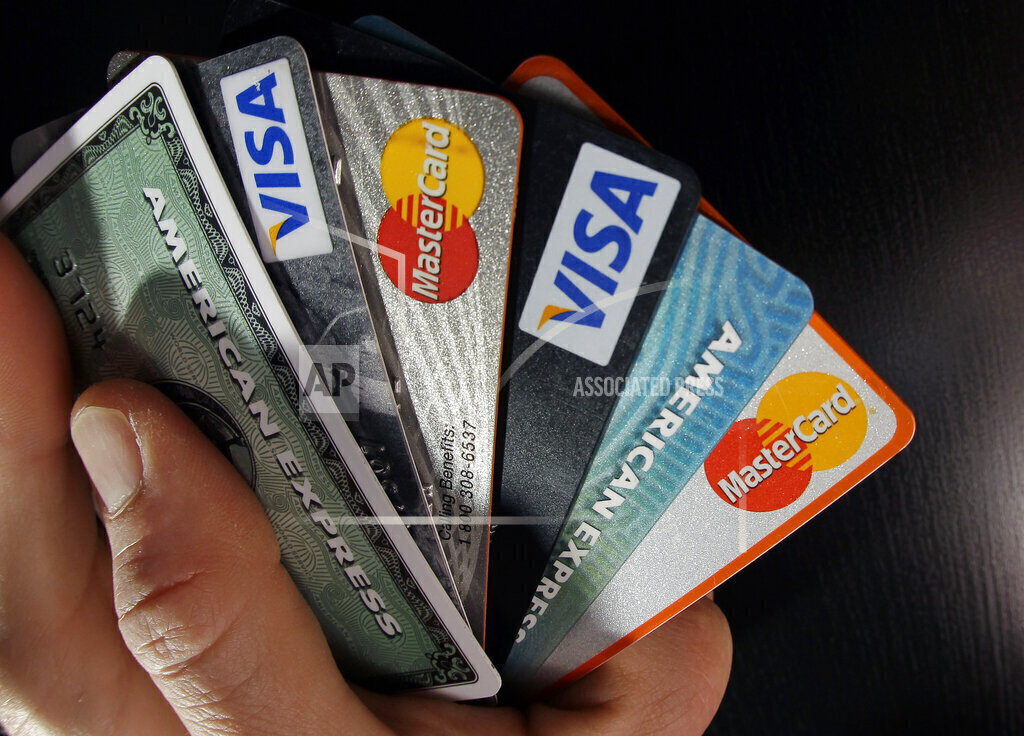
Inflation peaked at 9.1% in June 2022 and is now slightly above 3%. But the costs of many goods and services remains elevated. A loaf of bread that cost $1.54 in December 2020 cost $2.02 at the end of last year, and a gallon of gas has risen from an average of $2.17 to $3.29 in the same timeframe, according to the Bureau of Labor Statistics.
Renters in particular have felt the pinch. The median rent for a property with up to two bedrooms has jumped from $1,424 at the end of 2020 to $1,713 at the end of last year, according to realtor.com.
VantageScore’s Tavares worries that the recent reintroduction of student loan payments could more acutely impact these customers in their ability to repay their debts.
“Folks are scrambling to pay these obligations that they haven’t had to pay in three years, and it’s hitting exactly the demographic we are talking about here: the younger folk, less affluent folk,” Tavares said.
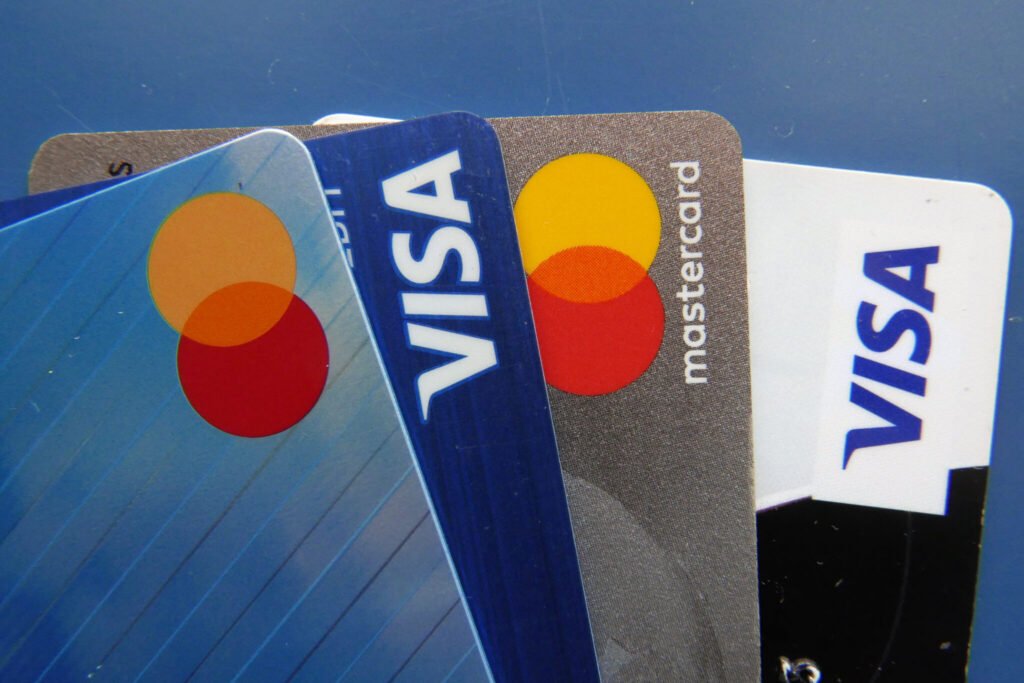
American Express has also seen its charge-offs and delinquencies climb in the past year, but not as much as its competitors. Historically, AmEx has catered to customers with higher credit scores who pay off their cards at the end of each month. But even AmEx customers are now carrying a balance more regularly. AmEx’s net charge-off rate last quarter was 2%, up from 1.2% a year earlier.
In the middle of the spectrum are JPMorgan Chase and Bank of America, two gigantic banks with large portfolios of customers. Their credit metrics have ticked up only modestly, likely because the banks’ clients run the gamut of income levels and credit scores. But both banks have been setting more money aside to cover potential loan losses, mostly due to their credit card portfolios.
It’s unlikely that Americans will see any relief from the banks or interest rates any time soon that would allow them to refinance these high interest debts. The Federal Reserve signaled Wednesday that its first interest rate cut is likely months away. Further, credit card interest rates tend to be extremely high compared to what the Fed charges for loans.
Further, reports on bank industry sentiment show that banks are being more conservative in giving out loans, which means it will be less likely that these Americans will be able to refinance their high credit card bills into lower interest loans.
Economists at the moment feel the financial strain felt by these lower income Americans is not likely to spill over broadly into the broader economy, at least at the moment. But economists and experts see these rising delinquencies as one of the growing risks to the economy this year, especially if student loans become too much for younger, debt-burdened Americans to handle.
“Rising delinquencies, while they do require monitoring, are not quite sounding alarm bells,” TD Economics’ McLeod wrote in their report.

